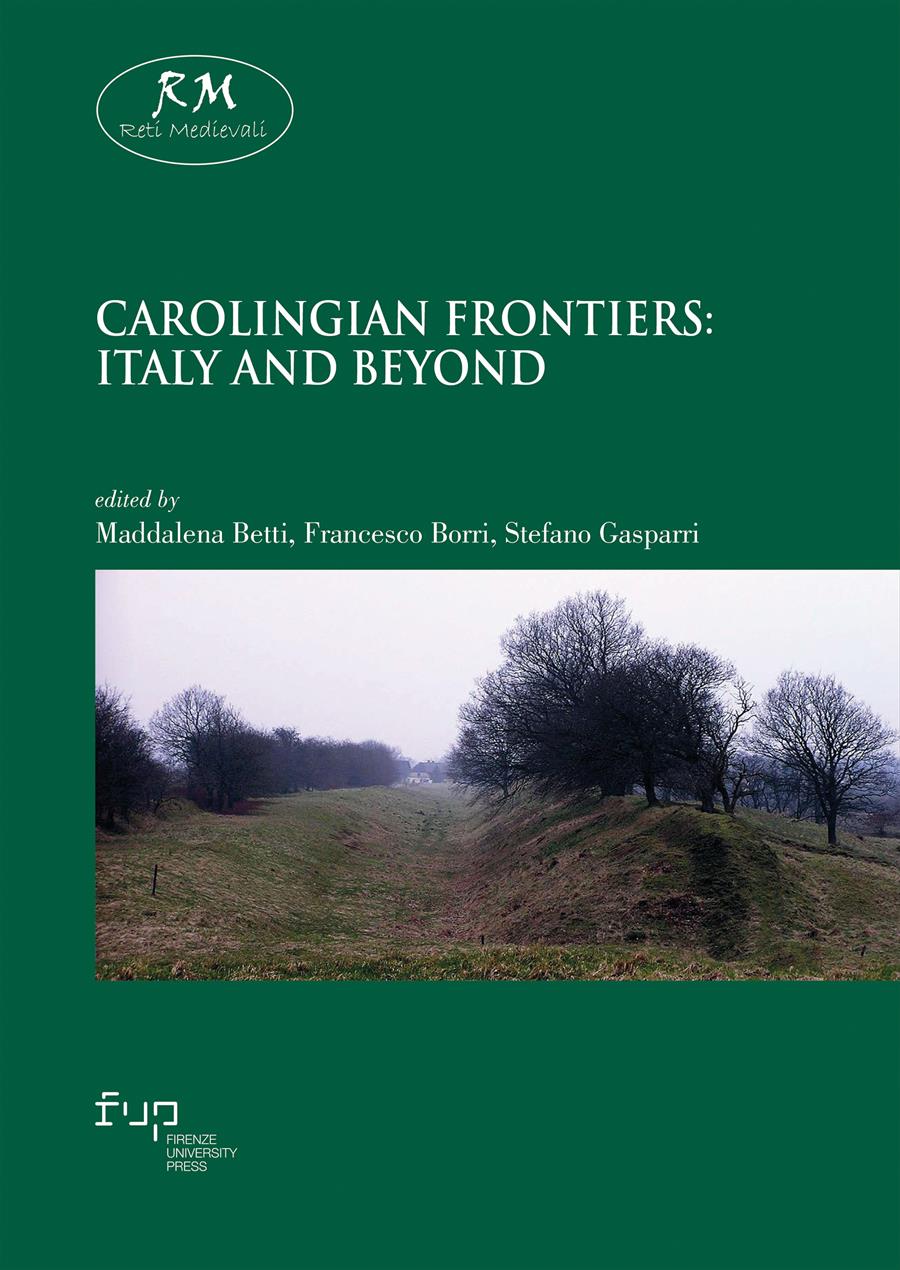
Altre news
Carolingian Frontiers: Italy and Beyond
14/10/2024
The present volume is the fruit of a conference held in Venice in April 2022, sponsored by the PRIN project Ruling in hard times. Patterns of power and practices of government in the making of Carolingian Italy. The focus of the project is most specifically on the long period of Lothar’s rule in Italy, but it is also interested in the whole of Carolingian Italy, a topic that has long been neglected in the historiography until recently. However, between 2016 and 2018 there were three conferences, two in Vienna and one in Trento, the first of a very general nature, while the other two were focused on the important reign of Pippin; all three have finally shifted the focus towards the role that Italy played within the Carolingian world. As a result, even within German historiography – as in the very recent book by Paul Predatsch – the results of Eduard Hlawitschka’s old book, which had totally devalued the original contribution of Italian society, suggesting the complete replacement (die Entausschung) of the Lombard ruling class and the full “frankisation” of Italy, are now being questioned. The Venetian conference focused on the areas which made up the periphery of the kingdom of Italy during the Carolingian period, particularly during the reign of Lothar I and Louis II. Actually, studying Carolingian Italy means dealing with the entire complexity of its territorial framework, which goes far beyond the direct domination of the Carolingian rulers. The latter had inherited the situation of their predecessors, the Lombard kings, who had never succeeded in exercising complete control over Italy, although they had come very close, particularly with Aistulf, after the capture of Ravenna and before Pippin’s wars. The Frankish intervention then changed everything. These peripheral zones were centred around two main areas. The first was traditional Byzantine Italy: the duchy of Venice and its Lagoon, Istria, Ravenna and the old Exarchate, Rome and its duchy; while the second was the Langobardia Minor, with its own Lombard political tradition. Carolingian political strategies varied with regard to these two areas, which belonged only in part to the Regnum, but were strongly connected to it. Of course, the Carolingians had many more means to cope with the situation than the Lombard kings: an undisputed military supremacy, together with a now marginal presence of Byzantine authorities, if we exclude Sicily, and, above all, the support and alliance with the Church of Rome. However, a true unification of Italy under the authority of the Carolingians was never achieved. This means that the different areas which were not fully – or not at all – part of the kingdom continued to develop societies with their own characteristics, partly different from those of the area under direct Carolingian control. Even within the latter, there was a difference (as a recent book by Igor Santos Salazar has shown) between Carolingian Lombardy, which was the core of the Regnum, and other areas south of the Po. The impact of Carolingian rule on regions like Tuscia and the duchy of Spoleto was slower to make itself felt, and more difficult to assess. In those areas, also the appearance of migrants from north of the Alps during the ninth century happened later than in Northern Italy. Moreover, in Central Italy, the longest-lived Byzantine areas, the Roman duchy and the Exarchate of Ravenna, maintained an ambiguous position within the overall framework of the kingdom. In the case of Rome, the relations of Carolingian power with the city were made more complex on account of the role of the papacy. Rome had more points of convergence with Ravenna than with the rest of the kingdom. The urban landscape of the two cities shared a visible Roman past; also common to both cities was the use of late Roman titles as consul or dux, or the vocabulary relating to the leases of land or to the properties. Rome and Ravenna also had much in common (for example the titles of honour or offices) with Venice, which, however, not only had no Roman past, but in the ninth century was not yet a city; its position in respect to the Carolingian government was also quite different from those of Rome and Ravenna. Indeed, the duchy of Venice, together with Lombard Southern Italy, the Longobardia minor, was one of the two areas that were most alien to Carolingian power. The small Venetian duchy, which had almost no territory on the mainland, was under the constant control of Byzantium, which was connected to it by sea. This situation created the premises for the only direct confrontation between the Franks and Byzantium following the Carolingian conquest of Italy, because in the Northeast of Italy the Carolingians attempted to govern in a unified way the whole area from the Po plain to the Adriatic coast, a strategy clearly related to the area’s political importance (for its links with Byzantium), commercial role (in terms of maritime and river trade) and military position (on the Slavic frontier). However, Byzantium remained in control of the Adriatic Sea and of Venice, with the exception of the years 806807, when Charlemagne summoned to Aachen the leaders of the Venetian duchy and those of Dalmatia, with the ambition of subduing them and thus assuming control of the Adriatic, and the years 809-810, when Pippin militarily occupied the duchy, albeit for a very short time. This state of affairs was confirmed by the Peace of Aachen (812). Charles had to be content with the unstable control of Istria.